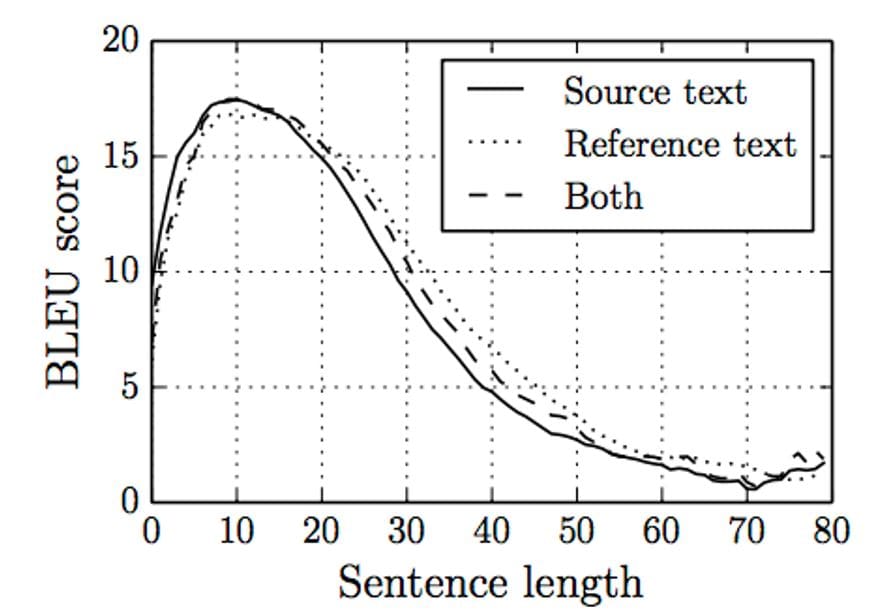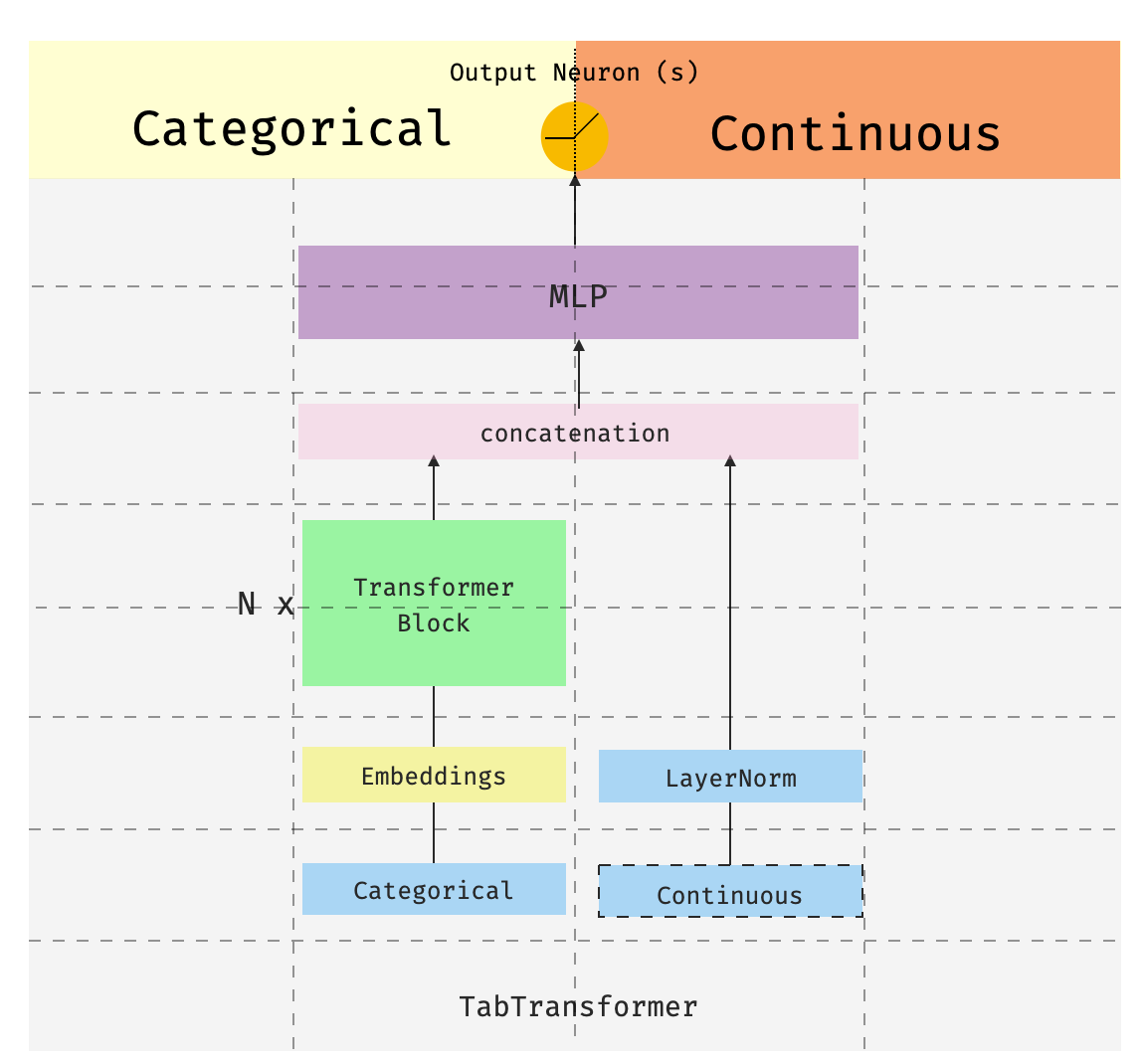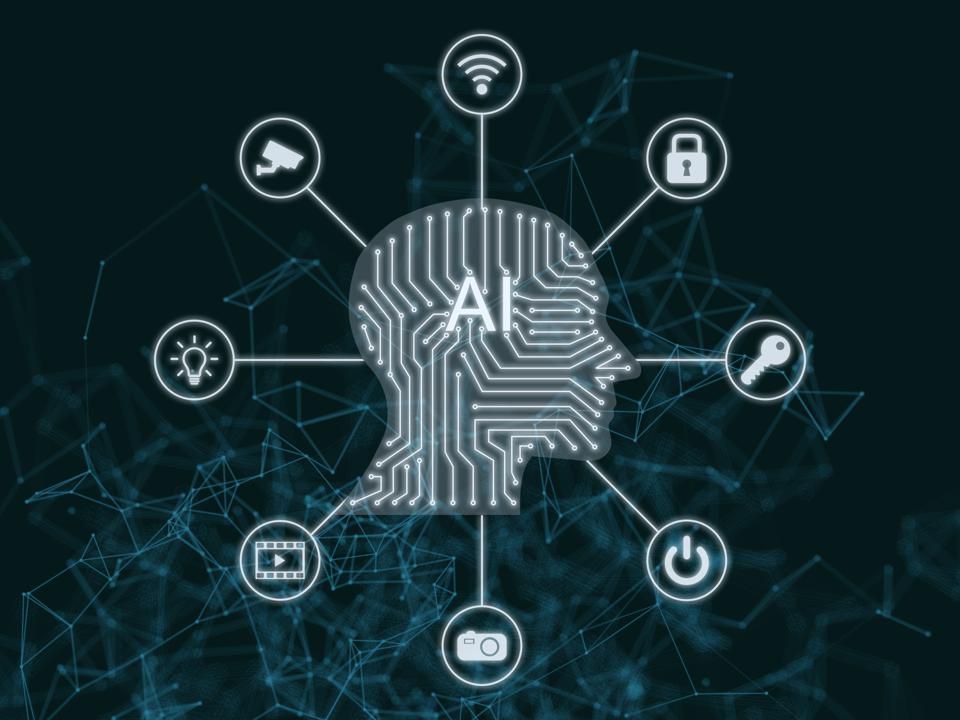 By ASAPP -
2021-02-24
By ASAPP -
2021-02-24
Highly expressive and efficient neural models can be designed using SRU++ with little attention computation needed.
 By KDnuggets -
2021-02-09
By KDnuggets -
2021-02-09
Attention is a powerful mechanism developed to enhance the performance of the Encoder-Decoder architecture on neural network-based machine translation tasks. Learn more about how this process works an ...
 By GitHub -
2020-10-05
By GitHub -
2020-10-05
Implementation of Vision Transformer, a simple way to achieve SOTA in vision classification with only a single transformer encoder, in Pytorch - lucidrains/vit-pytorch
 By Medium -
2021-02-22
By Medium -
2021-02-22
This is the third of a series of posts introducing pytorch-widedeepa flexible package to combine tabular data with text and images (that could also be used for “standard” tabular data alone). The…
 By MachineCurve -
2021-02-15
By MachineCurve -
2021-02-15
Machine Translation with Python and Transformers - learn how to build an easy pipeline for translation and to extend it to more languages.
 By Synced | AI Technology & Industry Review -
2021-01-06
By Synced | AI Technology & Industry Review -
2021-01-06
A new model surpassed human baseline performance on the challenging natural language understanding benchmark.





